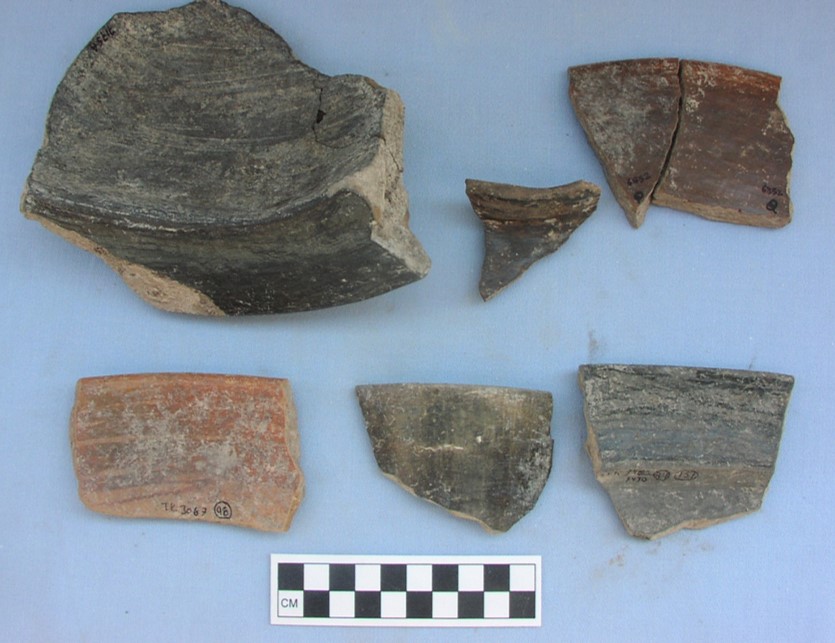We are pleased to share the great news that Dr. Rana Özbal (Koç University, Turkey) and Dr. Kamal Badreshany (Durham University, UK) have received the Newton Mobility Grant for their research project titled “Innovative Exchanges: The Development, Dissemination, and Adoption of the Earliest Pottery Traditions in the Eastern Mediterranean“.


This project seeks to reveal the nature of exchange, social interaction, and pathways for technological innovation amongst early farming communities in the fertile crescent through the proxy of ceramic material. The Northern Levant saw the emergence of settled farming lifestyles and the earliest adoption of pottery technology around 7,000 BC. Scholars refer to this material as Dark-Faced Burnished Ware (DFBW) and it is of exceptional quality. Yet, there is much that remains unclear about the use of these vessels, and, indeed, the societies of the time. The region is geographically diverse defined by coastal and inland areas occurring on a north-south axis parallel to the Mediterranean Sea. The zones exhibit distinct climates and are separated by mountains that hinder communication leading to distinct agricultural and, perhaps, social rhythms. Evidence across a range of categories (e.g. pottery and lithic types, architecture, settlement patterns, etc.) has led these two researchers to hypothesize that likewise two distinct zones of intensive interaction existed among Neolithic communities, fostered by easier communication and similar geographically conditioned subsistence strategies.



Özbal and Badreshany will investigate ceramic assemblages from key sites across both zones, integrating a traditional style-focused macroscopic approach with a novel materials science-based methodology. The results will shed new light on exchange networks and the intensity and orientation of social interactions. Ceramics were widely traded at the time and produced in multiple locations, unlike other categories of material culture which are made of geographically restricted materials. Characterizing their textural, mineralogical and chemical composition will reveal where ceramics found at a site were produced and, in turn, inform on trade patterns and their intensity.

Petrographic and geochemical methods applied to ceramics to determine provenance and circulation are well-established, but these scholars will for the first time utilize an electron microscope based automated mineralogy platform (Zeiss Mineralogic), which will generate a petrographic dataset of higher quality and on a far larger scale than previous studies. The machine is one of only five in the UK and is maintained and managed in part by Durham Archaeology, ensuring regular access for the applicants. This data will be reinforced through geochemical fingerprinting using ICP-OES/MS to provide further support for provenance determinations. The ICP instruments are located at Koç University Archaeology and Central Labs respectively.
The project plans to draw on a geographically extensive dataset of 100 DFBW samples, broadly contemporary, from two coastal regions and two inland regions. The coastal regions included are the Northern Lebanese Coast and the Amuq plain (S. Turkey) while the Beqaa Valley (Lebanon) and the upper and middle Orontes Valley (W. Syria) represent the inland regions in the study. The samples from different sites will be categorized macroscopically into groupings thought to represent discreet productions. Samples will be sectioned and polished for automated mineralogy analysis and powders will be taken for acid digestion and analysis via ICP. The resulting data will be processed utilizing statistical procedures including principal components analysis and cluster analysis, and compared to existing geochemical and petrographic datasets.
